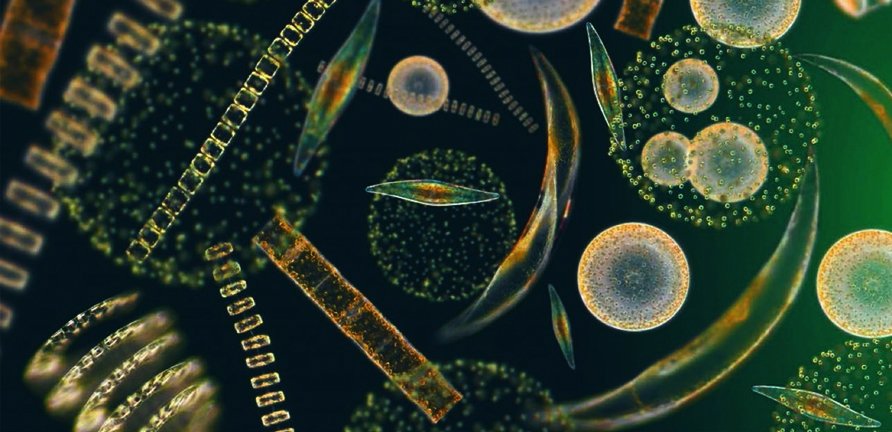(Florida State University) – Virtually all marine life depends on the marine food web for survival. And the foundation of this immense flow of energy rests on the shoulders of the microscopic but mighty phytoplankton.
Without vital nutrients such as phosphorus, the growth of these tiny floating ocean plants is limited, and the effects of such limitation cascade through the ecosystem, affecting the abundance and diversity of sea creatures. A Florida State University and University of New Hampshire research team has published a study that looks at how one important nutrient source, dissolved organic phosphorous, is distributed through the global ocean surface, where it is consumed by phytoplankton.
The work is published today in Nature Geoscience.
All living organisms, including phytoplankton, require phosphorus to synthesize DNA, RNA, and other essential organic compounds. In addition to serving as the base of the marine food web, phytoplankton growing on the ocean surface serve an essential role in regulating atmospheric carbon-dioxide concentrations.
Associate professor of Earth, Ocean and Atmospheric Science Angela Knapp and doctoral candidate Zhou Liang found that the availability of phosphate and iron are the biggest factors that influence the distribution of dissolved organic phosphorous throughout the ocean. Though the researchers suspected phosphate’s influence in the overall process, learning that iron availability also played a significant role was unexpected.
“This work provides novel insights into what controls the fertility of the ocean,” said Knapp.
Researchers compiled a new global ocean dataset of dissolved organic phosphorus concentrations by analysing thousands of samples from different ocean regions, including samples collected during expeditions that crossed ocean basins. Liang recorded new measurements and combed through existing research until the pattern of phosphate and iron availability influence became clear.
“Dissolved organic phosphorus can be an alternative nutrient source to support phytoplankton growth in the surface ocean when phosphate concentrations are low,” said Liang, the lead author. “Iron is also scarce in the surface ocean, and while investigating the link between phosphate and dissolved organic phosphorus, I noticed that certain enzymes released by phytoplankton need iron to function properly. Understanding what controls consumption of dissolved organic phosphorus by phytoplankton can help us better understand the nutrient’s impact on marine nitrogen fixation rates, photosynthesis rates, and carbon-dioxide sequestration by phytoplankton.”
The discovery of iron’s influence on concentrations is relevant to a wide range of biogeochemists, and this work proposes a series of expectations for dissolved organic phosphorus that can be tested experimentally.
“Scientific modelers can use these hypotheses to better constrain nutrient budgets and photosynthesis rates, and experimentalists can design new culture work to test them,” Liang said. “Oceangoing scientists understand sample gaps and where more data is needed; these links are interdisciplinary in nature and will encourage more collaborations among scientists like trace metal researchers, nutrient researchers, biological oceanographers, and modelers.”
https://phys.org/news/2022-07-fertility-sea-nutrient-sources-base.html


